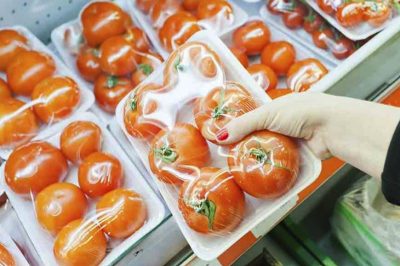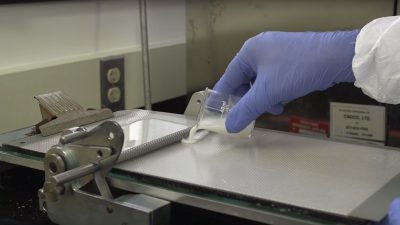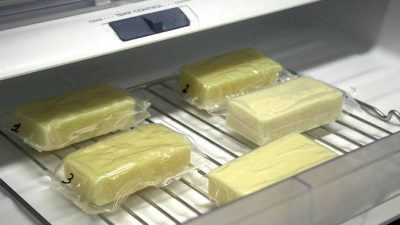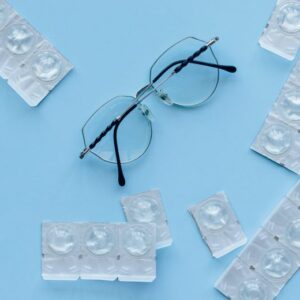
The world’s obsession with plastic is single-handedly killing the planet, all the way from production to disposal, and the demand for it is only increasing.
Plastic wrapping that’s stretched to cover food, it turns out, is even worse for the environment than other plastics. It’s more difficult to recycle and may even be leaking chemicals into the very food it’s supposed to protect. The amount of protection it gives to the food it’s wrapped around is ineffective, making it not only harmful, but totally useless.
That’s why researchers have been searching for alternative methods of wrapping foods that are more sustainable and will reduce our carbon footprint and waste.
Researchers from the U.S. Department of Agriculture have discovered that a milk protein called casein can be used to create an edible, biodegradable packaging film that is much better for the environment. Not only is it more sustainable, but it is 500 times better than plastic at keeping out oxygen because the proteins are much stronger when they polymerize.

Additionally, the milk packaging is more effective than other edible packaging materials that have been developed in the past using starch because it protects food products that are sensitive to light.
Laetitia Bonnaillie, who co-led the casein packaging research at the USDA, said,
“Everything is in smaller and smaller packaging, which is great for grabbing for lunch, for school, but then it generates so much waste. Edible packaging can be great for that.”
The team added glycerol and citrus pectin to the casein film to make the film softer, and therefore more pliable, and better structured. The stronger structure resists high temperatures and humidity, while the pectin itself is a good dietary fiber for the human body. There’s also talk of adding flavorings, vitamins, and other healthy additives to specific products to enhance the food.
One practical application of the packaging could be as a packet housing single-serve coffee or soup. Instead of opening up a disposable packet and pouring the dry coffee or soup into hot water, the casein packet would be dissolvable and the consumer can just drop in the whole packet.

This casein film is far from being available for companies to use on their products, and there is much that needs to be determined before it reaches the market. Researchers are still in the early stages of development, but other huge factors also need to be considered, such as how this packaging would increase the size and necessity for massive dairy farms.
As True Activist recently reported, the industry is housing huge secrets about their operations and many cows are physically and emotionally hurt and slaughtered everyday so that they can maintain business. Would this packaging also require that the dairy be supplied by an ethical dairy farm? These are just some things that need to be considered before the USDA moves forward.
What are your thoughts on this edible packaging? Please share, like, and comment on this article!
This article (Edible Food Wrapping — Not Plastic — Could Be The Future Of Packaging) is free and open source. You have permission to republish this article under a Creative Commons license with attribution to the author and TrueActivist.com


